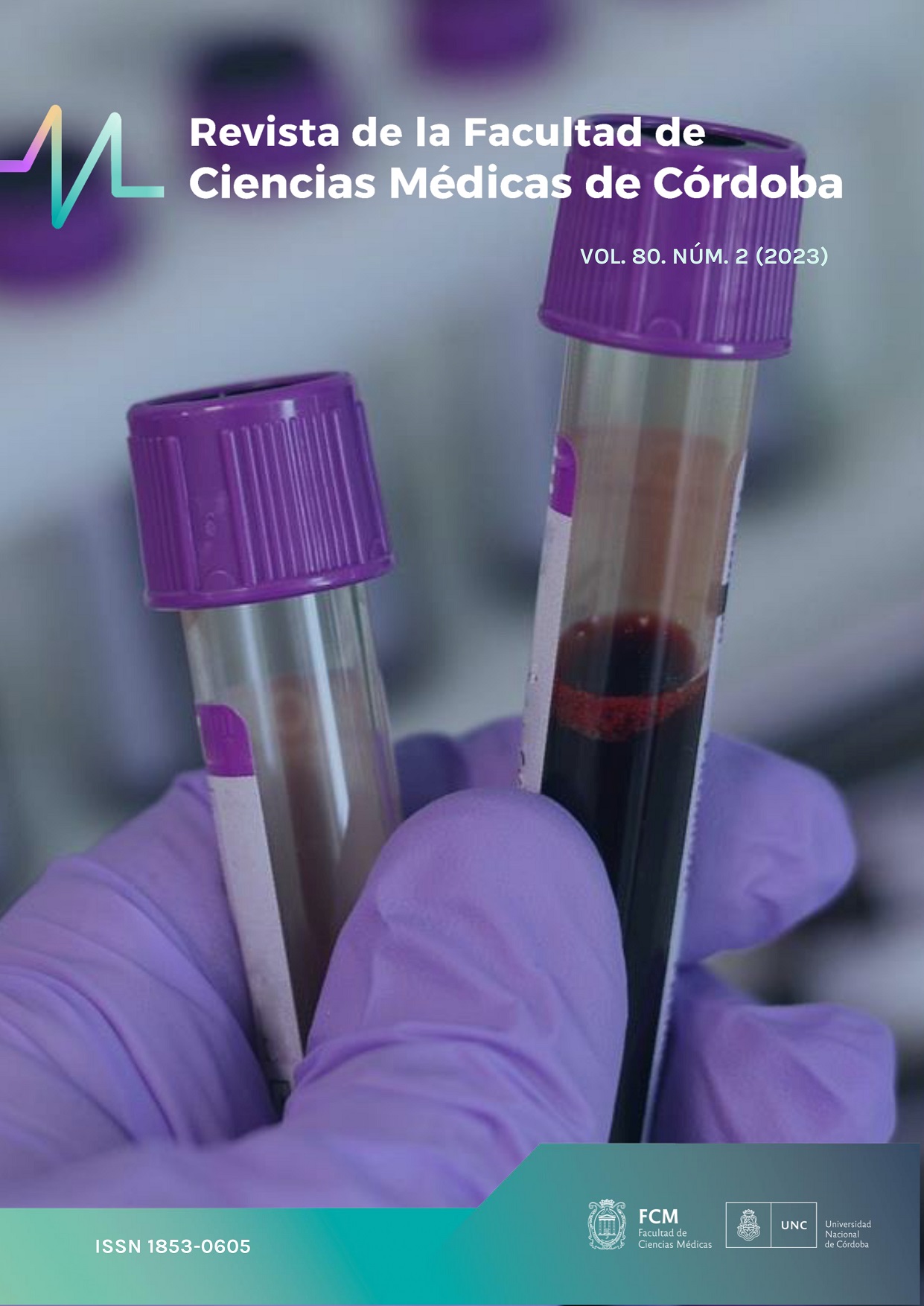Clinic-histopathological correlation between KRAS mutational status, tumor budding and KI67 in colorectal cancer
Keywords:
colorectal cancer, kras, prognosis, histopathologyAbstract
Colorectal cancer (CRC) is the third most common cancer worldwide and the second cause of death. Most are sporadic and occur in people over 50 years of age. It is preventable, associated with modifiable risk factors and gene mutations, such as the KRAS proto-oncogene. It is located in the rectosigmoid and histologically, adenocarcinoma is the most common. Tumor budding (TB), defined as the presence of individual tumor cells or small groups dissociated from the main tumor, is an independent prognostic biomarker associated with adverse clinical-pathological characteristics, and is stratified into low, intermediate and high. Between 40 and 52% of CRCs mutate to KRAS, with higher survival in the group with no mutation. The cell proliferation marker, Ki67, measures tumor growth, although its prognostic importance in CRC is not fully established. The aim of this study is to analyze the clinical and histopathological characteristics of patients with CRC in relation to the KRAS mutation and its correlation with TB and cell proliferation index as prognostic factors.
An observational, descriptive-analytical, retrospective and cross-sectional study was carried out, analyzing the anatomopathological reports of surgical specimens with CRC between 2013 and 2016 at the National Clinical Hospital. The sample size was 78. The variables were sex, age, laterality, macroscopic shape, vascular permeation, perineural infiltration, KRAS mutation status, TB, mitotic count and TNM staging.
The results showed that the most common type of CRC was adenocarcinoma NOS 88% (n 69), left-sided and in men 52% (n 49) aged 66 years. 45% (n 35) had a KRAS mutation, being more prevalent in women. High/intermediate tumor budding was observed in 89% (n 69) of cases, associated with advanced age, presence of vascular permeation, perineural infiltration, and distant metastasis. The overall Ki67 proliferation index was 47%.
In conclusion, high/intermediate tumor budding, KRAS mutation, and high Ki67 are associated with worse outcomes, including higher recurrence rates and lower survival, underscoring the importance of these factors as prognostic indicators.
Downloads
References
.
Downloads
Published
Issue
Section
License
Copyright (c) 2024 Universidad Nacional de Córdoba

This work is licensed under a Creative Commons Attribution-NonCommercial 4.0 International License.
The generation of derivative works is allowed as long as it is not done for commercial purposes. The original work may not be used for commercial purposes.



